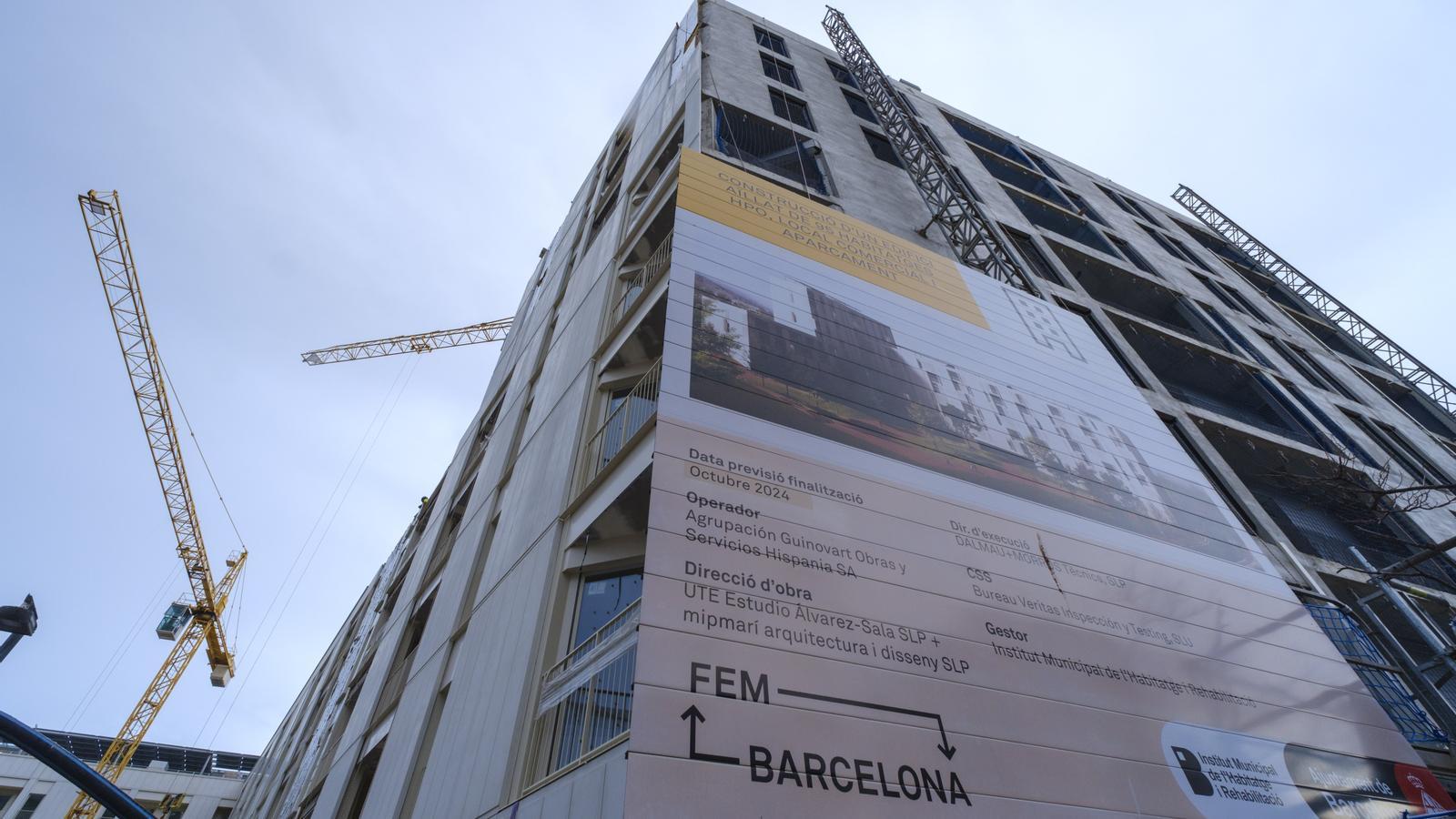How do we make the right to housing possible?


The promise of Salvador Isla of having built 50,000 homes in Catalonia by 2030, along with the reinstatement of the tripartite Barris Plan, raises expectations and questions. Obviously, he will have to serve another term as president to achieve this. Housing policies are not improvised and require at least a decade.
Who will be the operators? Currently, the vanguard of innovation in public housing is Impsol, the operator in the Barcelona Metropolitan Area. In 2016, it updated the conditions for architectural competitions to promote versatile spaces, functional flexibility, gender equality, dehierarchization, and sustainability in domestic architecture. However, these high-quality homes are generally located in contexts of deficient and poorly planned urban planning, with no mix of uses: isolated buildings on plots ceded by municipalities where there are often no neighborhoods yet.
In terms of quality and innovation, Impsol has taken over from Imhab, which was also modernized in 2016 and replaced the patriarchal and employer-based name of Municipal Housing Board with the Municipal Institute of Housing and Rehabilitation of Barcelona. Now, however, during the Collboni period, only the almost 8,000 homes started during Ada Colau's two terms are being completed. Furthermore, the new conditions for competitions make clear the renunciation of innovation by demanding resumes from large firms, which excludes most Catalan architects. It will become more difficult to give opportunities to teams like Cierto Estudio, the authors of master plan and a quarter of the celebrated homes on Glòries Island, according to the 2017 international competition.
In an area of intermediate management is Vivienda Metrópolis Barcelona (HMB), the "housing association"a pioneer in Spain, the metropolitan operator of affordable rentals, promoted by the Barcelona City Council (25%), when it was governed by the Comunes, and by the Metropolitan Area (25%), in half with two private companies, the developer Neinor Homes (25%) and the rental housing manager2. promotions, four of them in Barcelona, which will total 627 homes. And the second will also be eight developments and 700 homes. the Imhab of the latest generation: that is to say: functional flexibility, energy savings and healthy materials; predominance of natural light; de-hierarchization; good views and sun; intermediate climatic and social spaces.
Politics and economics always talk about quantities, investments, rents, and square footage, but never about the qualities that these contemporary homes must have so that diverse people can pursue their active life projects and develop their senses, experiences, and relationships.
And the remaining housing in Catalonia will have to coordinate the Incasòl program, in agreement with each municipality and its public land reserve. But can this be done by an operator that for decades has proven incapable of promoting the necessary public housing? Shouldn't it be completely restructured, updated for new objectives, and implemented if we really want to reach so many homes throughout Catalonia? The lack of public works by the Generalitat (Catalan government) is evident these days, among other cases, in the current architecture awards in the province of Girona, where there are no public housing units.
To ensure that the policy outlined in the 2007 Housing Rights Act is followed, and that these homes truly serve the people and households most in need, Incasòl must be restructured, ensuring that each house meets the aforementioned architectural qualities and values.
